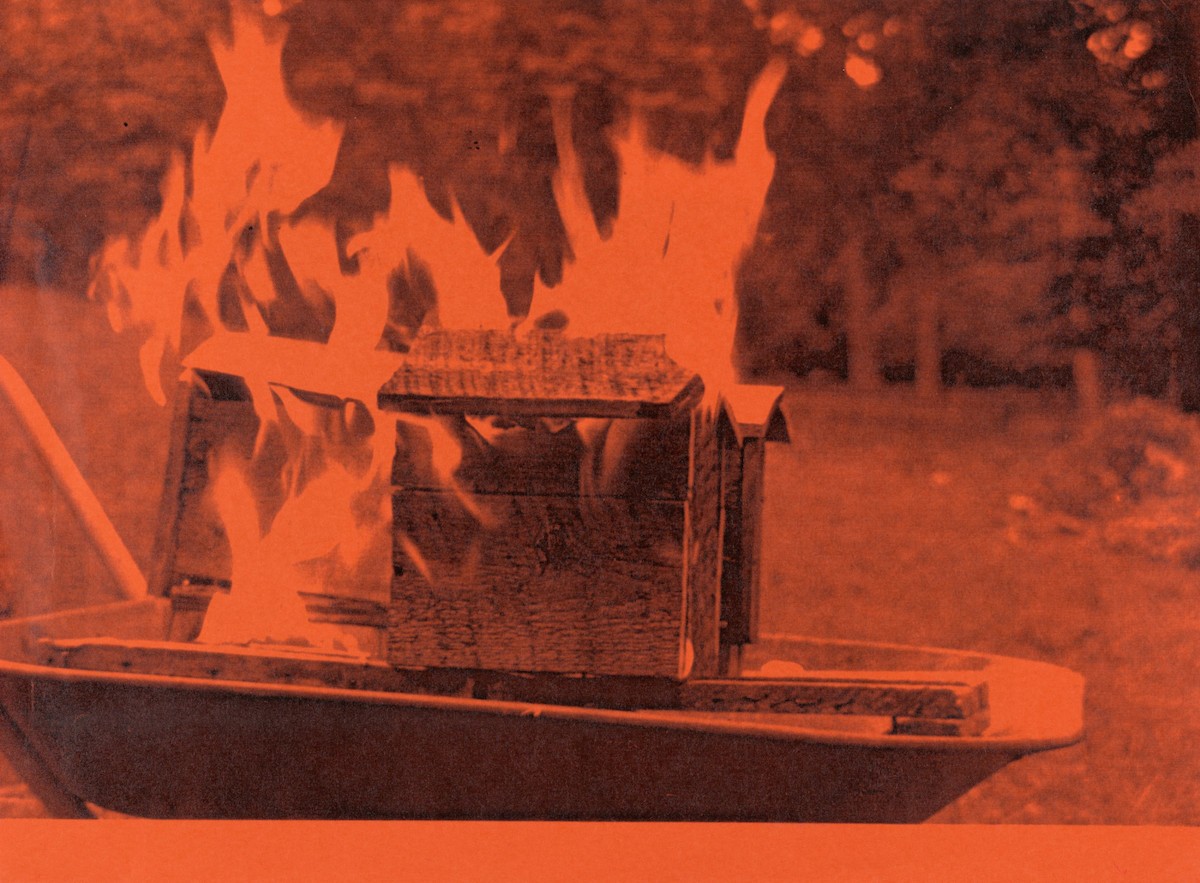Beverly Buchanan
“I BROKE THE HOUSE,” screams Lila, the protagonist of Beverly Buchanan’s artist book. “Every day, Lila walked past houses sitting on rocks.” Those stacks of stones, similar to ancient cairns used as place markers, support the entire building; nevertheless Lila suspects “they look like they could be pushed over on the ground.” One can understand the temptation to challenge the seemingly precarious structure, and so, “one day, Lila decided to take away one of the small rocks… guess what happened!”
What potential lies dormant within scenes of collapse?[i] How does a house as an agent of its own resonate with, respond to or resist its surroundings? As a landscape of scattered and discarded debris, the exhibition is titled after Beverly Buchanan’s tale of Lila and the collapsed house, captured in her humorous, cartoonish fanzine. Drawing on the artist’s attention to the notion of decay, the show raises the question: what is created when something comes apart?
I Broke the House at ETH Zurich spans Buchanan’s wide-ranging oeuvre of sculpture, painting, photography, drawing, writing and printed matter. It enters into dialogue with works by Senga Nengudi, Ana Mendieta, Kazuko Miyamoto, Park McArthur and Jennifer Burris, Cameron Rowland, Devin T. Mays and Aria Dean. As a study of Buchanan’s artwork, the exhibition gathers fragmented materials by an artist who defied official mechanisms of commemoration and classification. Her practice traces eroded surfaces of ‘City Ruins’ on canvas and paper, researches vernacular dwellings and their ‘builder-occupants’ in the rural South and persistently embeds long-neglected histories of anti-Black politics in their territorial surroundings. In the context of a gallery attached to an architecture school, Buchanan’s work—predicated on critical engagement with the built environment—challenges the normative formats and politics of “exhibiting architecture.” By investigating and undoing solid structures, Buchanan confronts viewers with unsettling readings of sites, buildings and memorials in solidarity with communities that resist authoritarian narratives.
